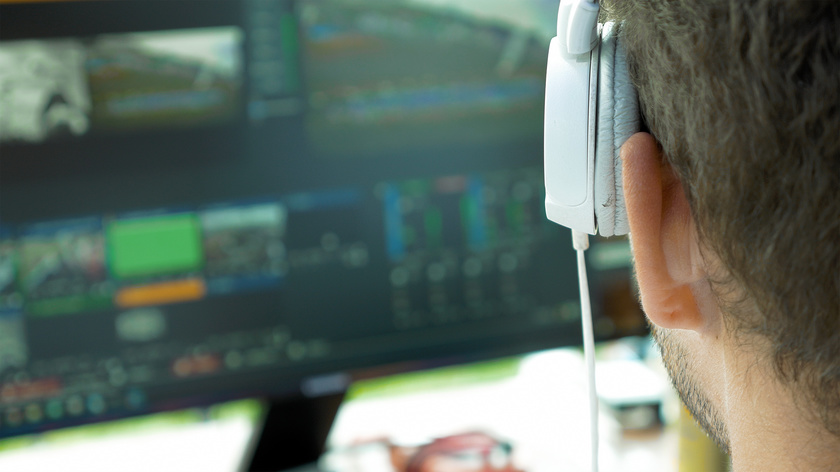Our Blog
Blog
Editing Shortcuts
Webinar Recording: Make Multiple Fundraising Cuts Of Your Doc
September 5, 2024
Last month’s webinar on Editing for Fundraising is available here on the Show&Tell website. As you listen to this recording, you’ll learn: How to structure multiple length fundraising reels (and why you need them) How participants workshopped a fundraising cut-in-progress What not to do!
Read More...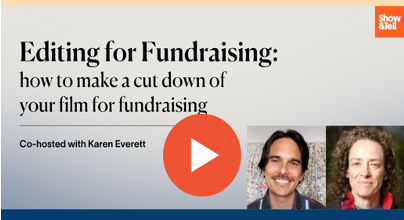
Editing Webinar is Nov 2 – Register Now
November 1, 2023
As a reminder, register now for “Editing and Leveraging an Hour-Long Cut for PBS, the Classroom and Conferences.” The webinar is Nov 2nd at 1pm PT. Can’t make the time? Register anyway. We will be recording the webinar for playback only for those who have registered. I’ve spent 4 days preparing for this webinar, and I’ll teach several new concepts. Join us!
Read More...
Keith Ochwat Hired Us To Cut Down His Feature
October 31, 2023
Happy Halloween! I’m co-presenting a webinar with brand new material! Join us on Nov 2 at 1pm PT for “Editing and Leveraging an Hour-Long Cut for PBS, the Classroom and Conferences.” I’ll be teaching new techniques on how to cut down your feature film to generate revenues through foreign sales, conferences, classrooms, and public television. Can’t make the time? Register anyway. We will be recording the webinar for playback only for those who have registered. My co-host, Keith Ochwat of Show&Tell, asked us earlier this year to edit a “TV hour” from the first feature documentary he’s acquired, My Ascension,…
Read More...
Webinar on Making an Hour-Long Cut for PBS, the Classroom and Conferences
October 25, 2023
I’m excited to offer a webinar entitled “Editing and Leveraging an Hour-Long Cut for PBS, the Classroom and Conferences.” I’m co-hosting with one of my favorite people, Keith Ochwat from Show&Tell. Join us Nov 2 at 1pm PT by registering here. I’ll be presenting fresh material with several examples from features we’ve cut down. In the last two years, we’ve helped several docs go to NETA with a TV-hour cutdown, including Baba Babee Skazala, a documentary about Ukraine airing on PBS. “We couldn’t imagine a way to further cut from a feature-length documentary to an even shorter TV edit without…
Read More...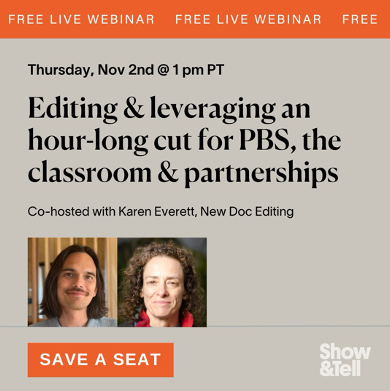
What is the Purpose of the Fine Cut?
April 20, 2023
Upon entering Fine Cut stage, the film’s structure should already be in place. Now it’s time to make it look and sound pretty….by polishing each scene with micro-edits, music, graphics, and special effects. See my earlier blogs on the purpose of the 1) Assembly Cut and 2) Rough Cut. When finalizing narration, soundbites, and text cards, it’s also time to fact check! And if you have time, rescreen your rushes. Or at least reread your transcripts. Footage and sound bites that escaped your attention the first time around may jump out now that you know your film’s focus. How long…
Read More...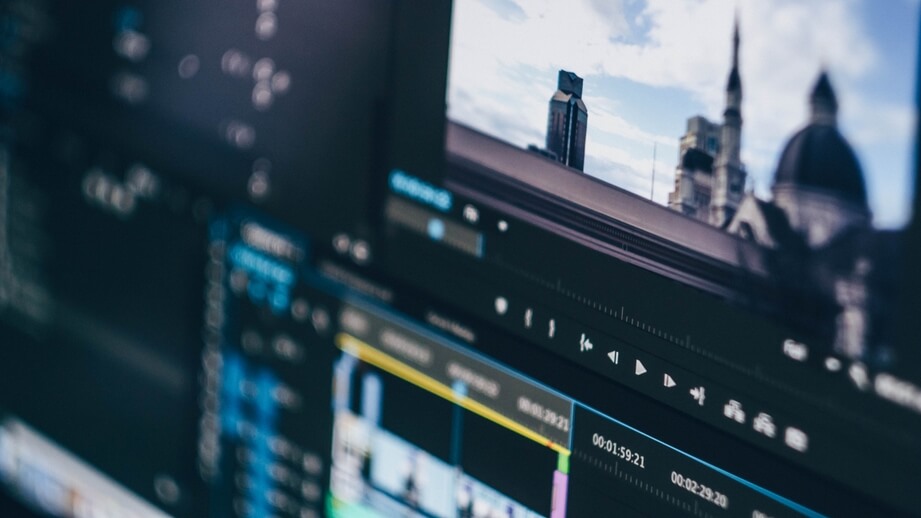
What is the Purpose of the Rough Cut(s)?
The purpose of the Rough Cut is to find your film’s structure. We edit at least 2 Rough Cuts, and have even done as many as 12! So how do you approach editing a Rough Cut? Taking what you learned from the Assembly Cut, first decide by reading this article if this is a character-driven, a.k.a. “quest” film–or an idea-driven, “essay” film. If you have a character-driven film, shape it into three acts with a beginning, middle and end. For examples, check out my evergreen article “Reality In Three Acts”If you have an essay-style film, determine a structure for unfolding…
Read More...
What is the Purpose of The Assembly Cut?
Before I knew better, I used to worry that first-time directors who hire us to edit their film might freak when they see the first cut. The Assembly Cut is ugly. It doesn’t look like a film, and it should not be shown to people outside the film’s editorial team. (Now we forewarn directors, or make sure they’re savvy enough to know the purpose of the Assembly Cut.) The Assembly Cut shows the film in broad strokes, when shooting is about ninety percent complete. Its purpose is to determine what the film is about, and importantly, what it’s not about.…
Read More...
What Does It Mean To “Overcut”?
April 19, 2023
While editing my fifth documentary, I remember nervously handing my 90-minute Assembly Cut to a story consultant. She watched it and said, “There’s some great material here, but obviously, you’ve overcut.” I didn’t know what she meant until she started deleting scenes that I had spent weeks perfecting. My advice today? Stop perfecting scenes until you have the structure pretty much sorted. That means, in early cuts: Abstain from fitting B-roll and cutaways. Your efforts will be wasted if the scene or soundbite is cut later. No music. It’s hard to judge the inherent dramatic potential of your footage with…
Read More...
The Pay Transparency Project
April 17, 2023
I recently discovered the Pay Transparency Project, thanks to a recent Doculink post. If you scroll down this remarkable database for motion picture gigs, you’ll see that editing fees in the “Documentary Features, Independent” category range from about $3000-$5000 per week. (Our rates are competitive.) At that rate, the key budget question is, “How long will it take to edit my documentary?” Today it takes about 36 weeks (9 months) to edit a 90-minute documentary. That calculation comes from data provided by The Alliance of Documentary Editors (ADE). “A good rule of thumb for scheduling is one month of editing…
Read More...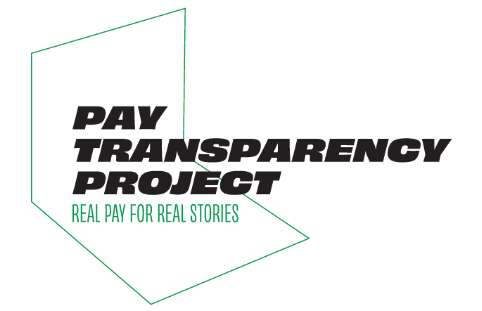
Should I Edit My Film Myself?
When I taught editing at UC Berkeley’s Graduate School of Journalism, all our graduate students were taught how to edit: first AVID, then Final Cut Pro, and these days Premiere. It’s a great skill to have, and if you like to edit, this could be a good option to save money producing your own doc. But we also taught our students that ideally directors should not edit their own documentary. Why? There are a few drawbacks: Technical editing (stitching together video) is not the same as storytelling, and being able to find the film’s structure.Seasoned editors bring a vital outside…
Read More...